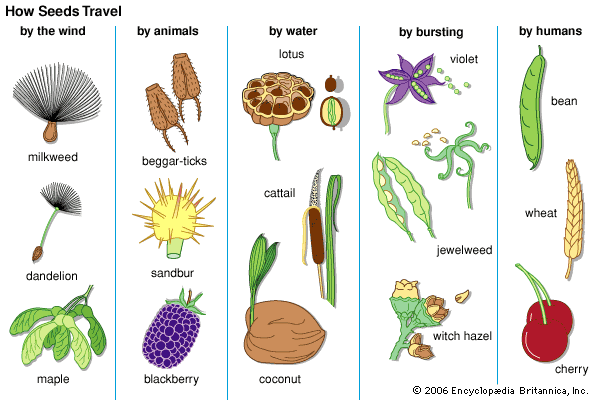Incomplete Metamorphosis example - The Australian Plague Locust. An example of how successful reproduction strategies can impact on humans.
Complete Metamorphosis - time lapse with annoying music but amazing pictures.
Mosquitos - a not so beautiful example of complete metamorphosis.
Reproductive strategies of plants - become more complex and adapted to life on land as they become more evolved.
Algae - needs water for reproduction.
Land plants - strategies to reproduce without water.
ATTN: you do not need to know the details of this life cycle. Its just here to remind you of your KS3 work.
Pollen grains - The male gamete.
- Have a hard coat to withstand desiccation so do not need to be in water whilst being transferred to the female reproductive organs. They can be carried by insects or the wind and once there, they can grow a pollen tube down through the female flower to the ovule - again eliminating the need for water.
Adaptations of wind pollinated plants.

Insect/Animal pollination
These flowers have co-evolved with their pollinators. The animals are attracted to the flowers by their sweet nectar or bright colours. As the animal is retrieving the nectar pollen is brushed onto the animal. When the animal goes to another flower, the pollen is brushed onto the stigma and after a pollen tube delivers the male gamete to the ovary, fertilisation occurs. This mixing up of gametes contributes to variation in the population with is a very healthy thing.
After fertilisation - seeds have adapted to survive on land.
Animals who like tasty fruit are especially helpful.











No comments:
Post a Comment